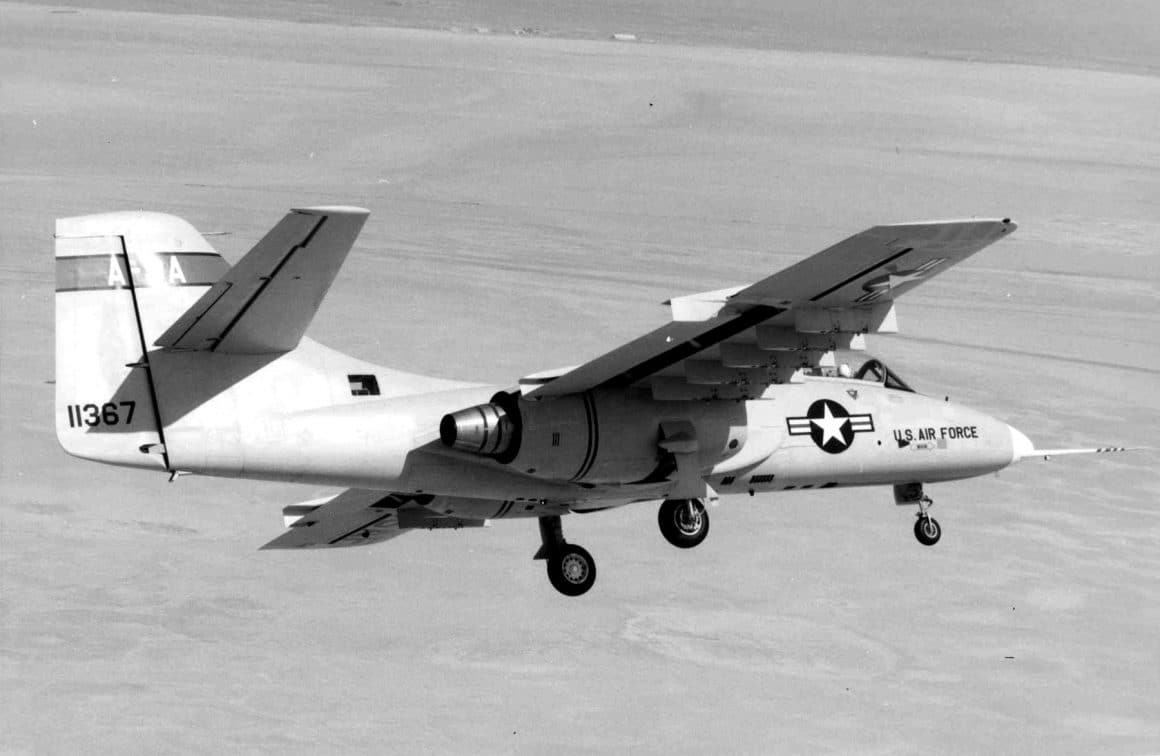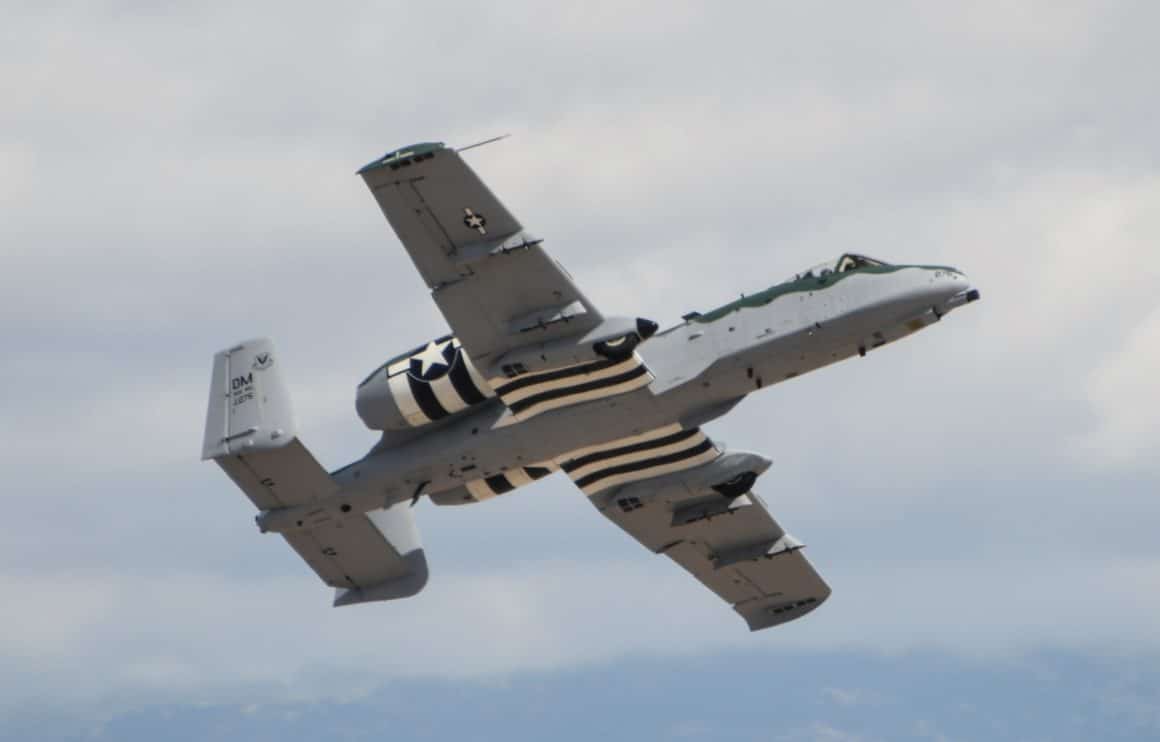The Winner Went to War; the Loser to the Boneyard
After its experience in Vietnam, the U.S. military wanted a close-support aircraft to be developed. What was wanted was a rugged plane that could survive ground fire, fly slow enough to pulverize targets and deliver plenty of weaponry. The Air Force’s request for proposal called for an aircraft with a maximum speed of 460 mph, takeoff distance of 4,000 feet, external load of 16,000 pounds, a range of 285 miles while costing just $1.4 million per plane. Enjoy this video uploaded to YouTube by Airailimges about the “playoff” between the Northrop YA-9 and the Republic YA-10.
[youtube id=”qRsor-m9CB4″ width=”800″ height=”454″ position=”left”]
Narrowing the Field
A number of companies proposed prototypes and by the early 1970s, it had come down to a two-team playoff. Two designs emerged from the competition that fit the specifications – the Northrop YA-9 and the Fairchild Republic YA-10. Both planes had similar characteristics and were capable of carrying a 30mm cannon, which had been a late addition to the Air Force’s wish list.

The Fly-Off: A Proven Method of Judging Winners
To decide which plane to select, the powers to be decided to have a fly-off. For two months, between October and December of 1972, both prototypes were put through the paces. The YA-9 performed well enough and if it had been the only option, it would have likely gone on to become a serviceable attack aircraft. It just didn’t have what the Warthog had.

It Pays to Be the Winner
The A-10’s unconventional look is one of the reasons for its effectiveness and why it had just enough of an edge on its competitor. The dual engines are located in the tail and thus are less vulnerable to enemy fire. The double tail also diminishes the A-10’s heat and noise signatures. The dual engines and dual tail assembly also provides redundancy and a higher survivor factor in case it is damaged in action. Over time and in combat, the A-10 has repeatedly displayed its usefulness and durability. The A-10 Thunderbolt II, aka the Warthog, is still in service and most recently played key roles flying ground support missions in both Iraq wars.

Epitaph for the Loser
There were two YA-9 prototypes built. Both still exist, but the custom-built Lycoming engines from both were scavenged to be used on another project. One of the YA-9 prototypes is on display at March Field Air Museum. The other is at Edwards Air Force Base and is awaiting restoration. Enjoy this video about the YA-9 uploaded to YouTube by PeriscopeFilm.
[youtube id=”VQsnuM-lZKw” width=”800″ height=”454″ position=”left”]
